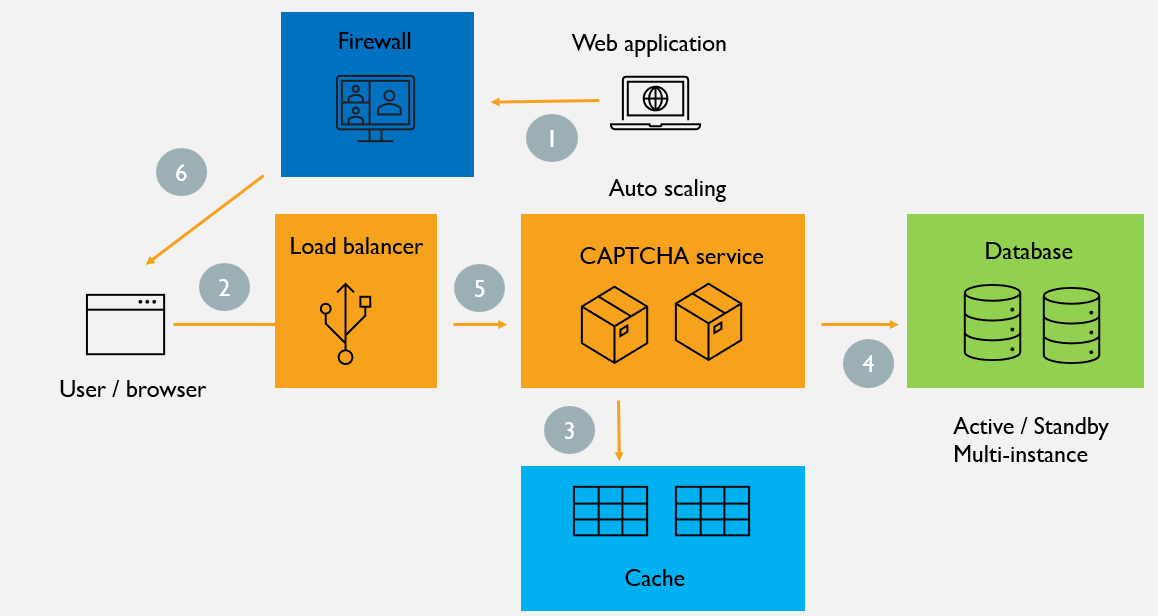CAPTCHA: Securing Digital Space with Human Verification Tools
Why in the News ?
CAPTCHA continues evolving to combat smarter bots and enhance digital security. From distorted texts to advanced reCAPTCHA systems, it plays a vital role in protecting user data. Its adaptability remains crucial amid rising threats and accessibility concerns in modern cybersecurity.
Evolution of CAPTCHA Over the Years:
- In 2003, Luis von Ahn and team filed the first CAPTCHA patent.
- 2009: reCAPTCHA introduced—used scanned book words, helping digitize texts while verifying users.
- 2014: Google launched Invisible reCAPTCHA, which identifies humans using mouse movements, reducing user friction.
- Modern CAPTCHA includes image identification tasks like spotting traffic lights or cars.
- CAPTCHA is now part of a larger online security toolkit used across websites.
Uses, Challenges, and Future of CAPTCHA
- Widely used in forms, login pages, surveys, and transactions to block bots and secure personal data.
- Helps protect e-commerce, finance, and other sensitive platforms from fraud.
- Limitations: Can be difficult for users with disabilities and frustrating on mobile devices.
- Smart bots using machine learning are starting to bypass simple CAPTCHA tests.
- Future focus: Creating more accessible, user-friendly systems while staying ahead of evolving AI threats.
What is CAPTCHA and How It Works ?● CAPTCHA stands for Completely Automated Public Turing test to tell Computers and Humans Apart. ● It is a security system used to differentiate real users from bots through challenges. ● Introduced in the early 2000s to prevent bots from spamming, creating fake accounts, and stealing data. ● Early versions used distorted text or characters that were easy for humans but hard for bots to identify. ● CAPTCHA is based on the Turing Test—an idea by Alan Turing to check if a machine behaves like a human. |





